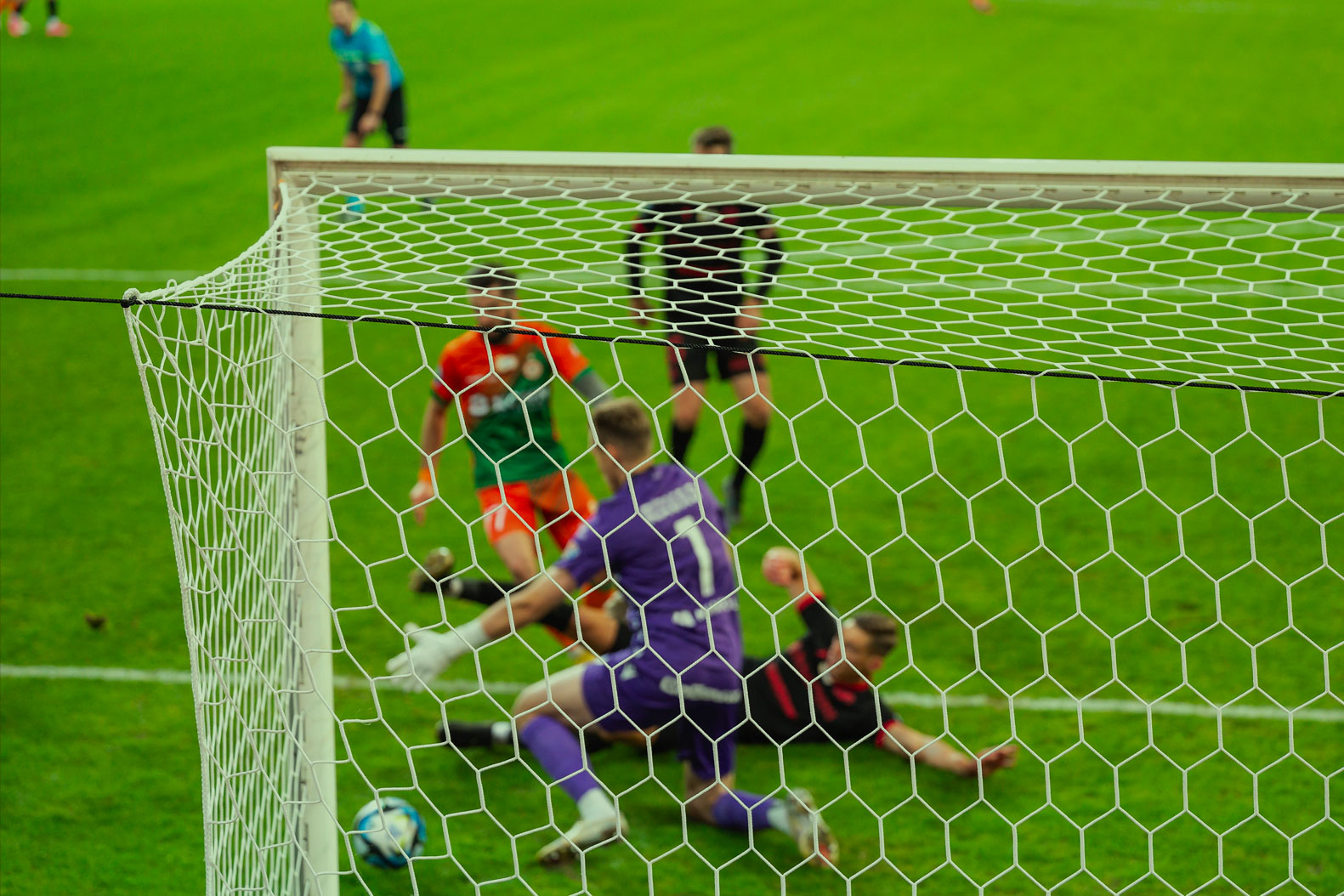
How to improve your grip under pressure: effective techniques and tips
Antoine Roex, Keeper In Motion – 10 October 2024
Taking the ball under pressure is a major challenge for many players. Whether facing intense pressure or in tense game situations, good ball control can make all the difference. In this article, discover practical techniques and tips to improve your ball control under pressure and maintain possession in all situations.
Developing full-body ball control
To improve ball catching under pressure, it’s essential to learn how to use different parts of the body. When a player is pressed by an opponent, he can’t always afford to catch the ball with his feet alone. Professionals often use the chest, thighs or even the head, depending on the situation. Exercises designed to strengthen reception with the whole body enable players to adapt more easily to scenarios where they are under pressure.
Training sessions such as rondos, where teams play in small spaces under pressure, are particularly effective in improving ball reception. These exercises focus on speed of execution and the ability to protect the ball as soon as it is controlled.
Mental preparation and visualization
The psychological dimension plays a key role in managing pressure. Visualization, for example, helps players to anticipate the game even before they receive the ball. By visualizing different possible scenarios, such as the position of opponents and team-mates, players are better prepared to react quickly and effectively. This reduces the element of surprise and enables the player to remain calm under pressure.
It’s also important to develop mental resilience. Breathing or meditation techniques, coupled with the repetition of high-intensity match simulation exercises, help condition the mind to handle pressure and focus on the action.
Improving information gathering (scanning)
One of the most critical aspects of receiving a ball under pressure is the ability to scan the environment before even touching the ball. This involves actively observing the position of opponents and team-mates while preparing to receive the pass. A player who can scan well knows where the open space is, and can orientate his first touch accordingly.
Specific exercises such as three-zone themed games or small 2v2 games with neutral players help players to improve this technique. In addition to developing peripheral vision, these exercises help players to better manage pressure while maintaining possession.
Protecting and shielding the ball
In the face of intense pressure, the ability to protect the ball becomes an essential skill. It is essential to learn how to use the body to shield the ball from the opponent. Players need to master the techniques of protecting the ball with their lower body, in particular by relying on solid postures to maintain their balance and prevent the opponent from recovering the ball.
To reinforce this skill, exercises such as 1v1 duels or small games with reduced teams are particularly effective. These exercises place players in situations where they have to fight to keep hold of the ball, using fast body movements and defensive posture to protect possession.
Conclusion
Improving ball catching under pressure requires technical, mental and physical work. By developing full-body ball reception, conditioning the mind to remain calm under pressure, improving information gathering before receiving the pass and mastering protective techniques, players can not only withstand opposing pressure, but also transform these tense moments into attacking opportunities. Repetitive work in training is essential to integrate these skills into real-life match situations.
References :
